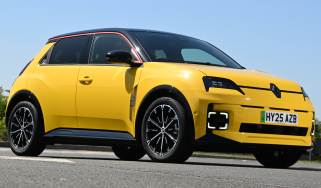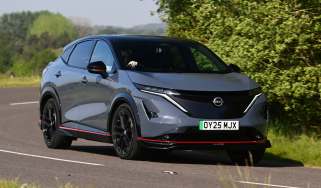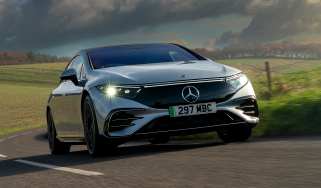Nissan to democratise V2G technology with next-generation EVs
New Sunderland-built Nissan Leaf will support brand’s ambition for net zero, while lowering bills for customers
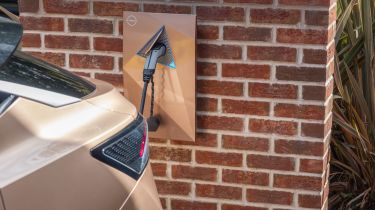
Nissan will look to democratise “affordable on-board bi-directional charging” in its next-generation electric cars, the company has confirmed. The end-to-end solution comprises hardware built into the car, as well as a home wallbox set-up that can work with energy tariffs and grid demand to shuffle power as required.
The technology, developed at the firm’s Cranfield R&D base in Bedfordshire, will launch in the UK in 2026 before being rolled out to other European markets. Nissan sees it as a “key step towards its vision of creating a sustainable energy ecosystem”.
The timeline suggests that the first car to feature Vehicle to Grid (V2G) technology will be the reinvented Nissan Leaf crossover, which will eventually be built in Sunderland alongside the next-generation Juke and Qashqai models due later this decade.
Nissan says that V2G will “allow EV owners to use electricity stored in their car’s battery to power their homes, or sell it back into the grid”. It adds that owners will be able to set a minimum state of charge through the associated app, and can choose to override the systems as necessary.
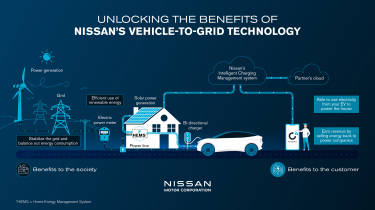
Studies suggest Nissan’s V2G tech can cut the cost of powering an EV by 50 per cent. It can apparently reduce CO2 emissions by 30 per cent per year for the average UK household.
Hugues Desmarchelier, Nissan VP for global electrification ecosystem and EV programs, said: “The technology we are bringing to customers is a potential game-changer for how we view the car. Not just as a means of getting from A to B, but as a mobile energy storage unit, capable of saving people money, supporting the transition of our energy systems away from fossil fuels and bringing us closer to a carbon-free future. Nissan is proud to democratise technology for the benefit of society.”
The line about V2G being critical to Nissan’s vision of creating a “sustainable energy ecosystem” centres around periods of varying grid demand. By drawing power from your EV at peak times – like when people arrive home from work and put the kettle on – electric cars can actually help balance demand on the grid. Then, when everyone has gone to bed and switched the lights off, power can be fed back into the car’s battery. This, in theory, should reduce dependency on fossil fuels.
Nissan aims to offer its bi-directional charger “at a price comparable to a mono-directional charger available today”. It says this cost of entry will allow the technology to be “accessible to more people”.
Click here for our list of the cheapest electric cars...
Find a car with the experts




